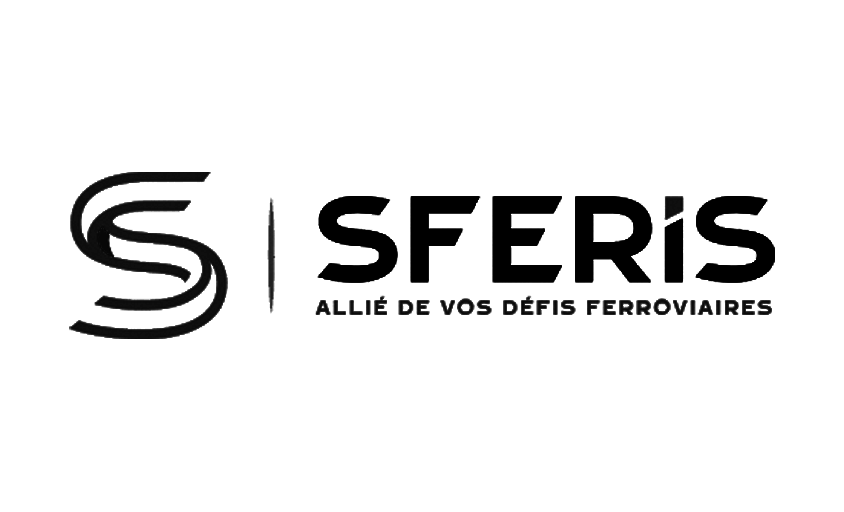Bokeh
In this article :
Bokeh, a Japanese term meaning “blur,” is an aesthetic feature in photography that refers to the quality of the out-of-focus areas in an image. Valued for its ability to add depth and visual interest to a photograph, bokeh highlights the main subject by softening the background or secondary elements. This technique creates a sense of softness and atmosphere in the image, captivating the viewer’s eye and emphasizing the sharp areas.
Characteristics of Bokeh
Bokeh appears as luminous discs or soft halos, whose appearance can vary depending on several factors, such as the lens aperture, lens design, and the distance between the camera, the subject, and the background. High-quality bokeh is generally described as “creamy” or “smooth,” offering a seamless transition between sharp and blurred areas without distracting elements.
Techniques to Achieve Beautiful Bokeh
- Use a Wide Aperture: Set the lens to a wide aperture (low f-number) to reduce the depth of field and increase background blur.
- Lens Choice: Lenses with a high number of diaphragm blades and quality optical design are more likely to produce aesthetically pleasing bokeh.
- Distance and Composition: Increase the distance between the subject and the background and get closer to the subject to enhance the blur effect.
The Impact of Bokeh on Photographic Composition
Bokeh does more than isolate the subject; it helps create a specific mood within the image. Whether to evoke the magic of a lit nighttime scene or soften distractions in natural or urban environments, bokeh enriches the visual story of the photograph. It highlights emotion and beauty, turning a simple image into a captivating work of art.
Examples of Bokeh Usage
- Portraits: Emphasizes the subject by softening the background.
- Nature Photography: Creates a sense of depth and mystery in natural scenes.
- Urban Photography: Uses city lights to create dynamic, colorful bokeh patterns.
Reflections on Bokeh
Although bokeh is often sought after for its pleasing aesthetics, its use should be thoughtful and serve the photographer’s artistic vision. Excessive or misplaced bokeh can distract and reduce image clarity. Balance and subtlety are therefore key to harmoniously integrating this effect into photographic composition.
Conclusion
Bokeh is a powerful technique that, when mastered, can transform the quality and atmosphere of a photograph. By playing with depth of field and light, photographers can explore new creative and emotional dimensions, making their images not only visually appealing but also evocative and memorable.
Jérémy Carlo is the editorial director at Rétines, where he ensures the consistency and clarity of all content produced by the studio.
Our Clients
Let’s discuss
What we do for you at Rétines
Meticulous work, an organised project and fast delivery. And to achieve this, we mobilise the right resources in our teams at the right time.
01
Pre-production
Artistic and technical direction tailored to the project.
Relevant recommendations on content, form and resources.
02
Photo Shooting
Photos taken by our experienced photographers.
Production that’s controlled, efficient and tailored to the needs of the project, with nothing superfluous.
03
Retouching
Technique
Photographs magnified by our retouching team.
Post-production to meet the commercial challenges of the brief.












